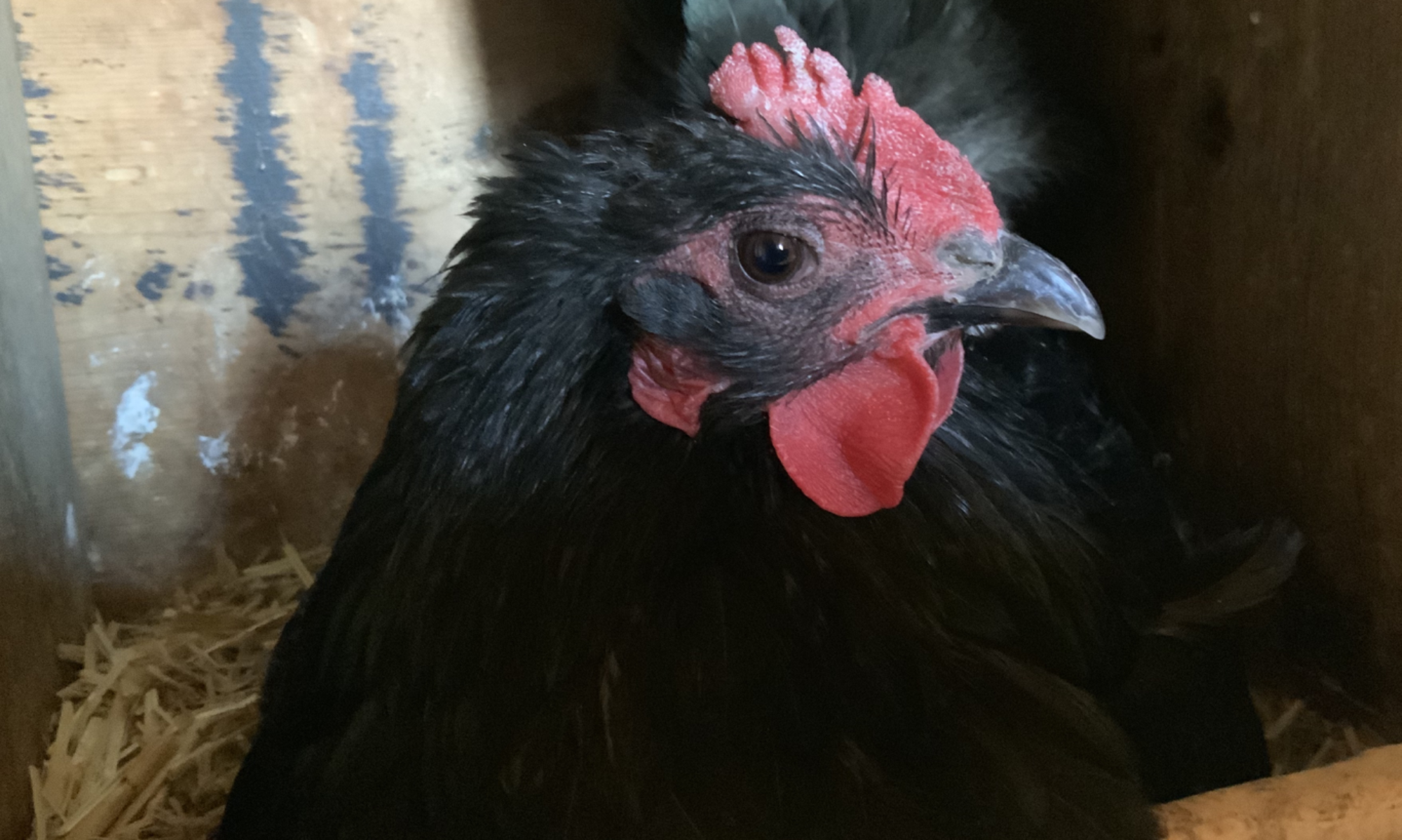I love it when I do something right without even really knowing what or how! I recently posted pictures of my Christmas Cactus that I started many years ago from a 100 year old plant. That brought about some questions about what I do to make it bloom. Uhhh, water it occasionally, let it sit comfortably in the window sill and give it a little fertilizer in the spring. That’s about it! Seemed like kind of a lame explanation and evidence of my total lack of understanding, so I decided to educate myself a little better on Christmas Cactus…after all I have two plants.

Christmas Cactus are actually a succulent plant that fall under the genus Schlumbergera. They are a tropical cacti most often found in the mountainous regions of south-eastern Brazil. They don’t grow in dirt, but attach themselves to trees, other plants and even rocks. They don’t like a lot of watering, but enjoy high-humidity. They do make a great, long-lasting houseplant with beautiful blossoms, and honestly, they don’t require a great deal of care. It appears that there are a couple different species sold as “holiday cactus”. One is a Thanksgiving Cactus that blooms in November/December and the other is the Christmas Cactus which blooms in December/January…(or February in the case of my plants). The Thanksgiving Cactus has little spines that emerge from the flat leaves, while the leaves of the Christmas Cactus are smoother.


These cacti like bright, natural light, but direct afternoon sunlight may burn their leaves. I have one plant that sits in the kitchen window sill that faces east. I have a second plant in the living room which gets indirect sunlight from the west, the hot afternoon sun. Both plants seem to do well. I water them whenever the top soil feels dry to the touch. If you keep the roots constantly wet, they may rot. If they go too long without water, you will notice the leaves start to shrivel a little and lighten in color. They don’t really droop like leafy plants, but you can tell that they look thirsty. Because they are a tropical plant, they like humidity. The cactus in my kitchen window is above the sink and it must get sufficient humidity from when I wash dishes. In their native environment these cacti grow on rocks and trees, not in soil, so use an orchid mix or cactus soil, a coarse blend the promotes fast drainage, when planting them in a pot. Make sure that your pot has really good drainage to ensure the roots don’t sit in water. I put a couple inches of gravel in the bottom of my pot before adding the plant and soil. In the spring I feed all my indoor plants with a 10-10-10 liquid commercial fertilizer. At other times throughout the year I let eggshells soak in water for several days and then use that water to give my plants a drink. My grandmother would water her indoor plants that way and it worked for her. Sometimes I will even add a little ground up eggshell to the soil. The eggshell adds needed calcium to plants as it decomposes.
A Christmas cactus needs to go through a period of dormancy in order for it to bloom. This dormant stage requires reduced water, 12-14 hours of darkness, cool temperatures (55 to 65 degrees), and lasts about 6 weeks. You might need to put your plant in a dark cool room, closet or basement every night during this time or cover it to block out the light, even artificial light from household lamps. According to Chicago Botanic Garden, one of the following conditions must be met in order for your cacti to bloom:
*a cool night temperature between 50 to 55 degrees
*13 hours of uninterrupted darkness (if the temperature is between 55 and 70 degrees)
*15 hours of darkness (if the temperature is above 70 degrees)
I think keeping my plant in the window sill is cool enough to provide the low temperature it needs. Towards the end of this 6 week period, you will notice little buds forming at the ends of the stems. This is an indication that your plant will bloom and you can return to normal plant care.

These plants are easy to propagate. Simple twist off a piece of stem several sections long and plant in soil with about 1/2 inch sticking out of the dirt and water. Within a few weeks this stem will begin to root. Re-pot as the plant begins to grow and fill out.
One thing that I appreciate about this plant is that it is not toxic to cats or dogs, and I for one, enjoy the help of my furry friends.

Sources:
https://www.joyusgarden.com/how-to-grow-christmas-cactus/
https://www.chicagobotanic.org/plantinfo/christmas_cactus

